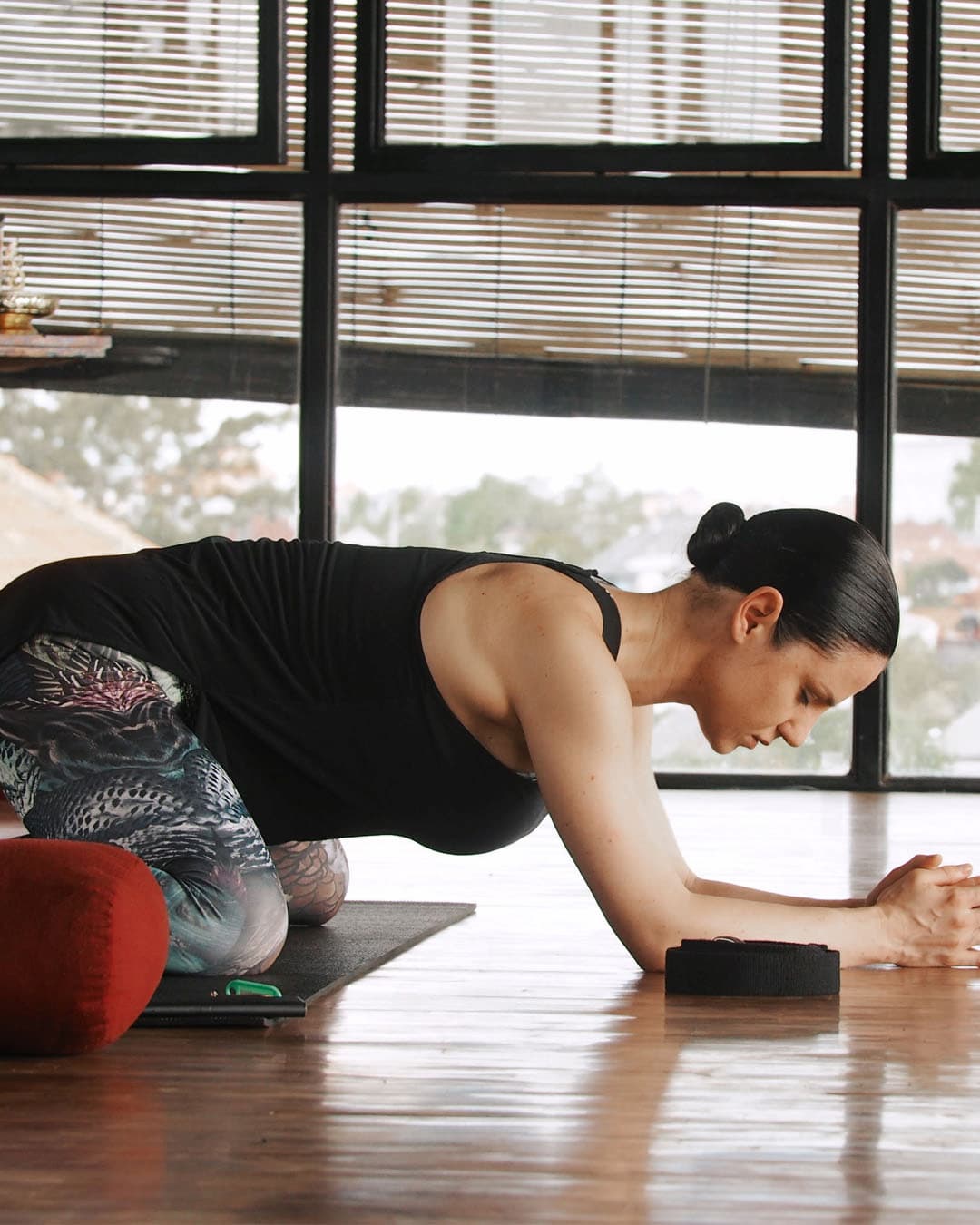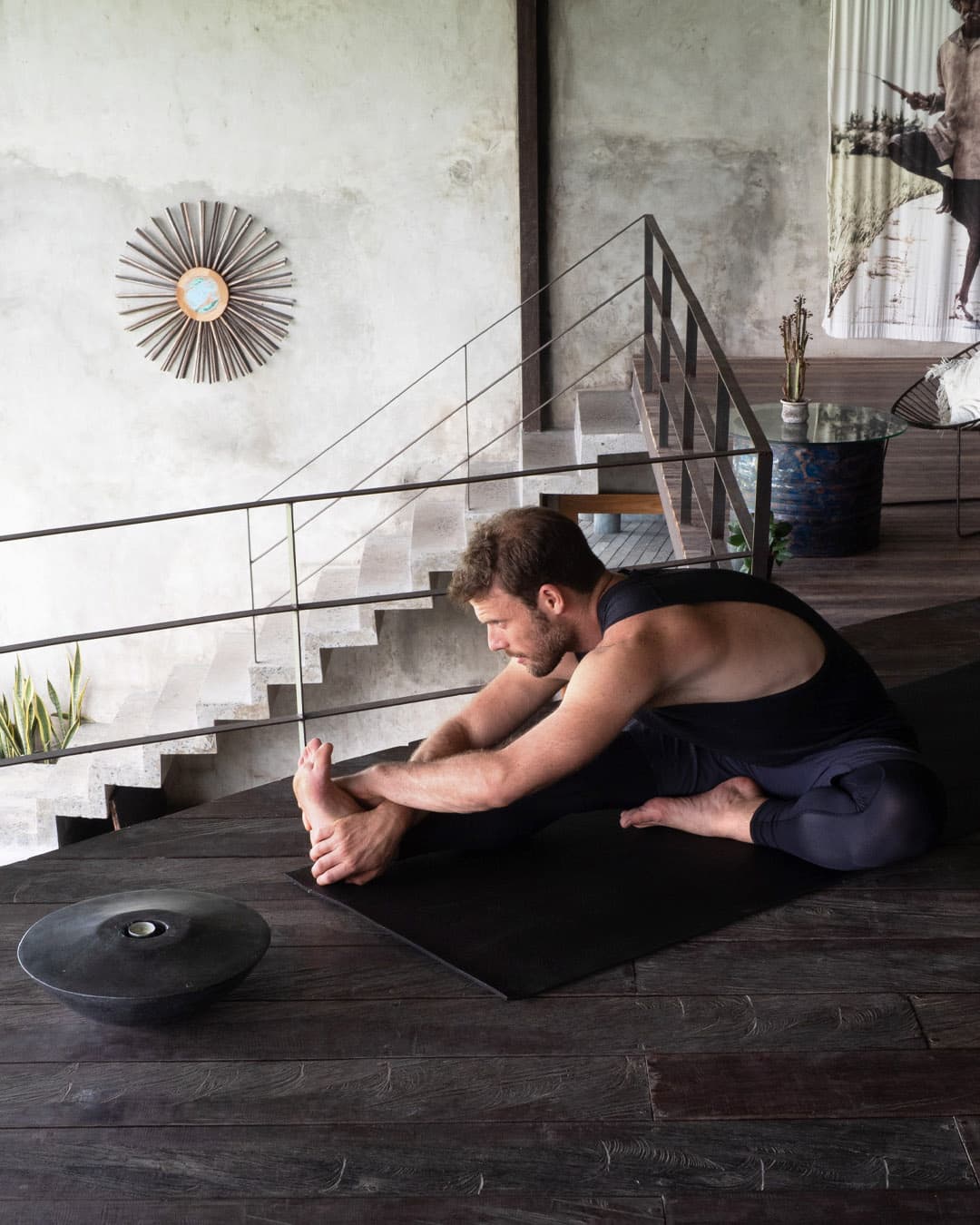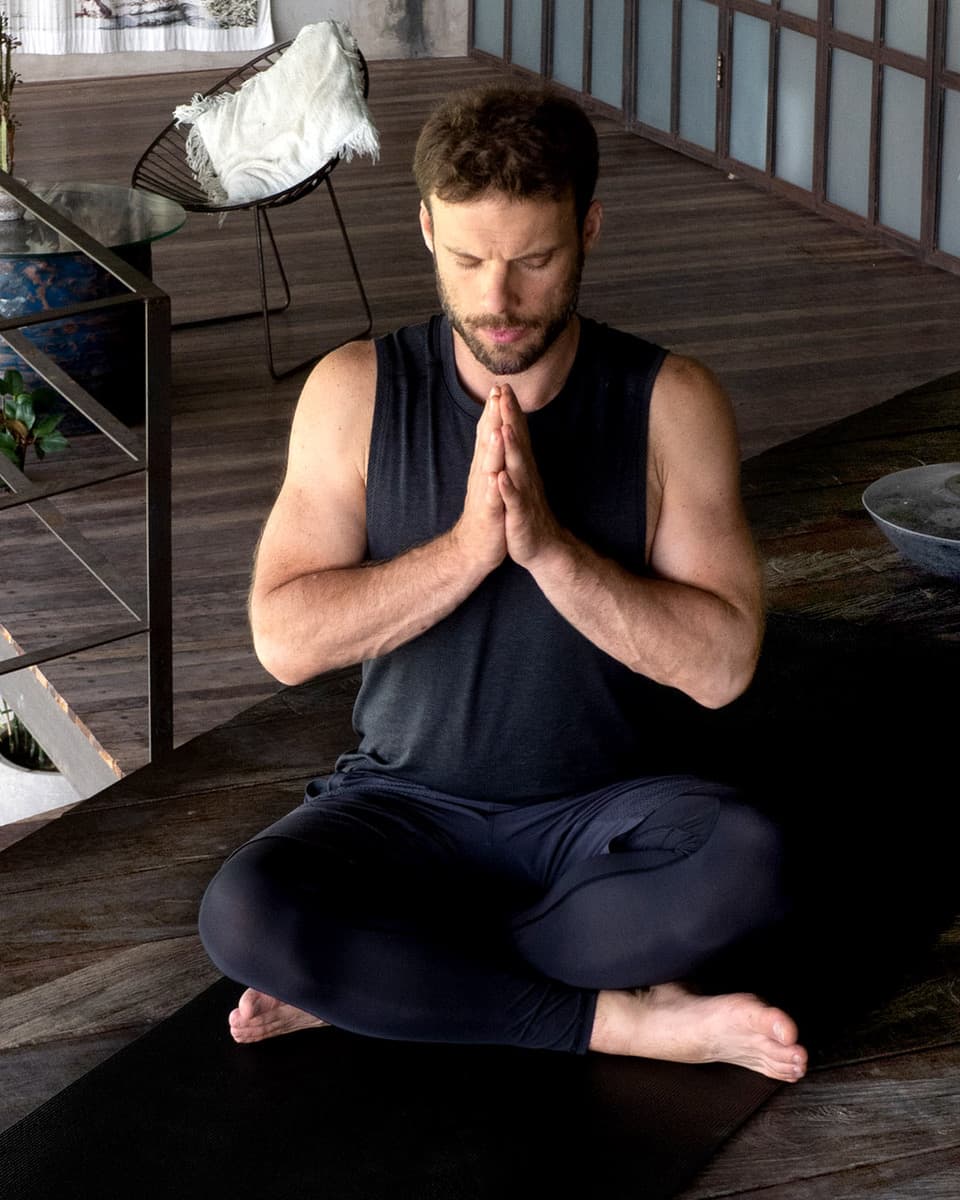
HIPS DON'T LIE
November 09, 2021The mind-body connection is what enables the ancient practice of Hatha yoga and Kundalini yoga. This connection is the foundation that provides benefits such as calmness and serenity. What happens to the mind also happens to the body and spirit, sums the essence of what yoga, the Sanskrit word for ‘union’, is all about. Known to provide relief from physical discomfort and used to acquire a meditative state of mind, yoga can also be used to enhance function where mental and physical processes combine – in the dynamic of emotion.
Yoga acknowledges the ability to hold emotional tension in various areas of the body, however the hips receive special attention as an area associated with an emotional burden. In Hatha yoga classes, the hips may often be referred to by yoga instructors and yoga teachers as the ‘junk drawer’ or ‘attic’ of the body, our hips are considered a site of storage for emotions which we do not wish to confront and so tuck away into the deepest confines of our being. Physiologically, how can the emotional burden be stored in the hips?
On a symbolic and physical level, we can consider how central the space of our hips is to the form of the body. Most often a place for a woman’s centre of gravity, this can infer a deeper connection to this area and the emotions it can hold, but for men also the pelvis is the seat of directive movement, imperative to proper alignment. For both women and men, Hatha yoga flow addresses these areas to restore posture and alignment, while Kundalini yoga addresses clearing these areas and restoring energetic balance.
Our peripheral nervous system, involved in the stimulation of emotional response, establishes connections in the hip area to promote survival in times of emotional stress. From birth, the sympathetic nervous system response can stimulate a strong contraction of the flexors of the body, drawing ribs around the abdominal organs and the knees up to the torso to offer protection should the infant suffer a fall. In this the hip muscles, particularly those of the iliopsoas complex, are activated which will later be used to run, kick or stand ground as the body develops in its ‘fight, flight or freeze’ response.
The link between the hips and instinct reflexes associated with fear and stress looks to offer an explanation for the storage of suppressed emotion in this area. Whether to dodge or flee an attack, much rests on the hip muscles being able to perform their function with power and speed. The site of some of the strongest muscles in the body, in an instant the hips are charged up with excess energy to maximize the body’s kinetic potential. The reason why hip stretches are taught in yoga courses (including online yoga courses) is to progressively unravel the stress that is held in the body.
Prolonged periods of stress or trauma can inhibit the ability of the autonomic nervous system to maintain balance when it is overstimulated.
Under these conditions, constant stress can seem a fact of life or in more acute cases, can manifest as a sense of anxiety or fear, heart palpitations, insomnia or adrenal fatigue. Tightness in the hips and other muscles of the body is often caused by a lack of relaxation of the muscles. The tightness itself further inhibits relaxation and can constrict deep abdominal breathing.
At the core of yoga and meditation practice, lies the awareness of the breath, as the breath is key to the achievement of a restful state. In the best yoga schools, the top yoga teachers and yoga instructors will be addressing the importance of the breath in their classes.
As world renown yoga instructor Guru T. K. V. Desikachar states, ‘The quality of our breath expresses our inner feelings.’
ARCHIVES
RECENT ARTICLES
JANU SIRSASANA - HEAD TO KNEE FORWARD FOLD
October 28, 2022
JANU SIRSASANA - HEAD TO KNEE FORWARD FOLD
October 28, 2022
JANU SIRSASANA - HEAD TO KNEE FORWARD FOLD
October 28, 2022
JANU SIRSASANA - HEAD TO KNEE FORWARD FOLD
October 28, 2022
LOVINGKINDNESS MEDITATION
October 18, 2022







